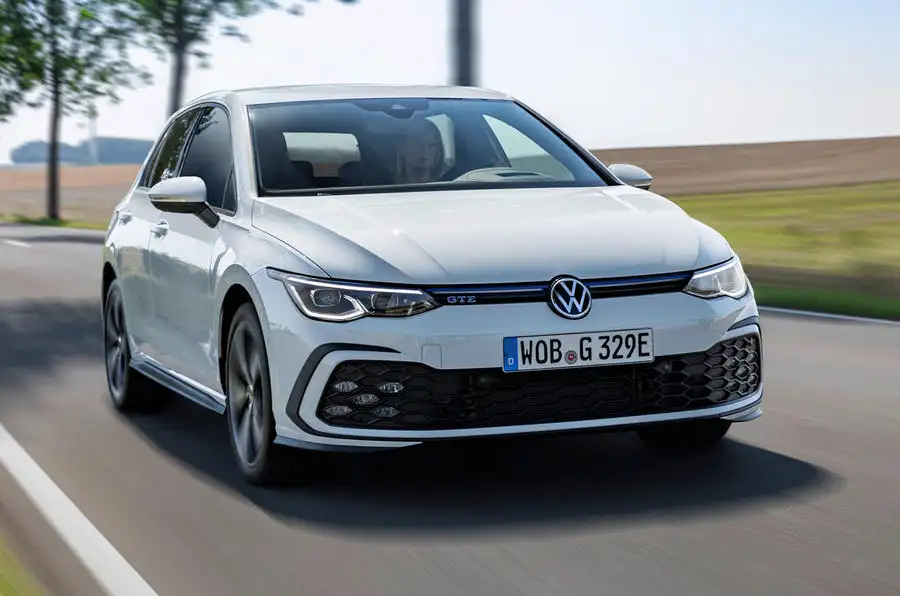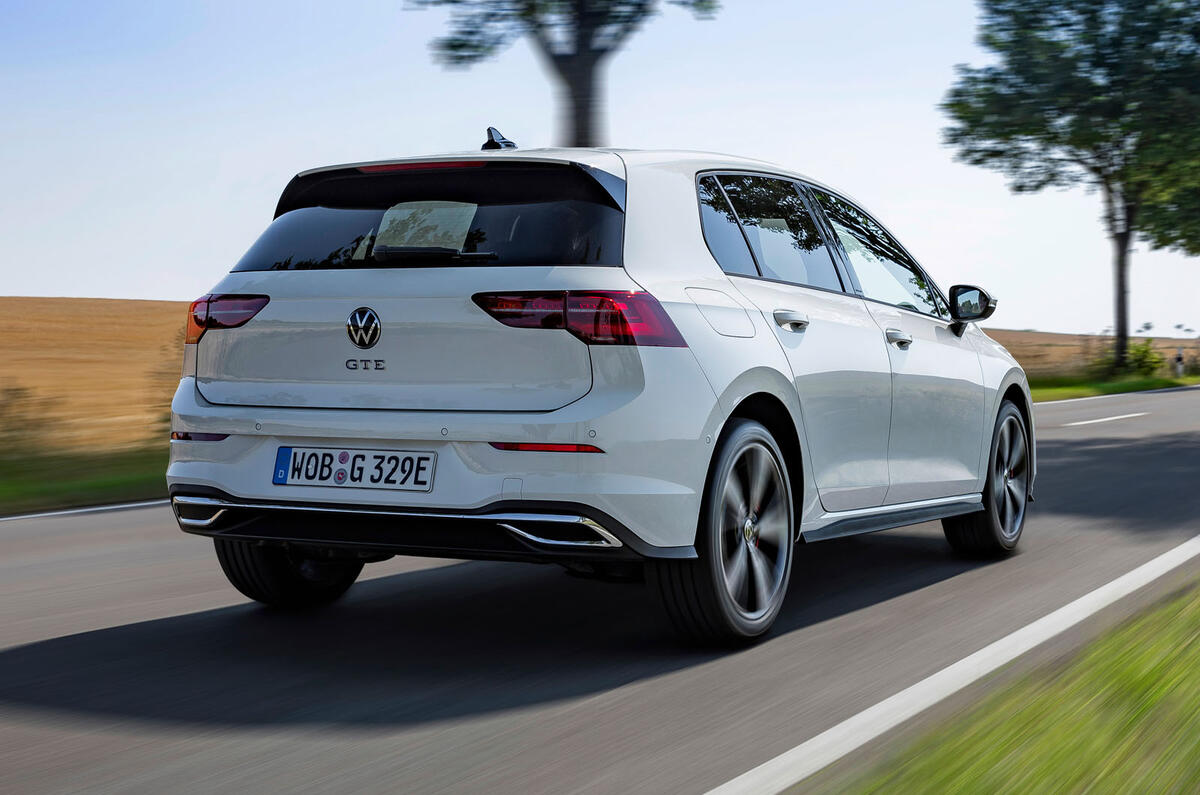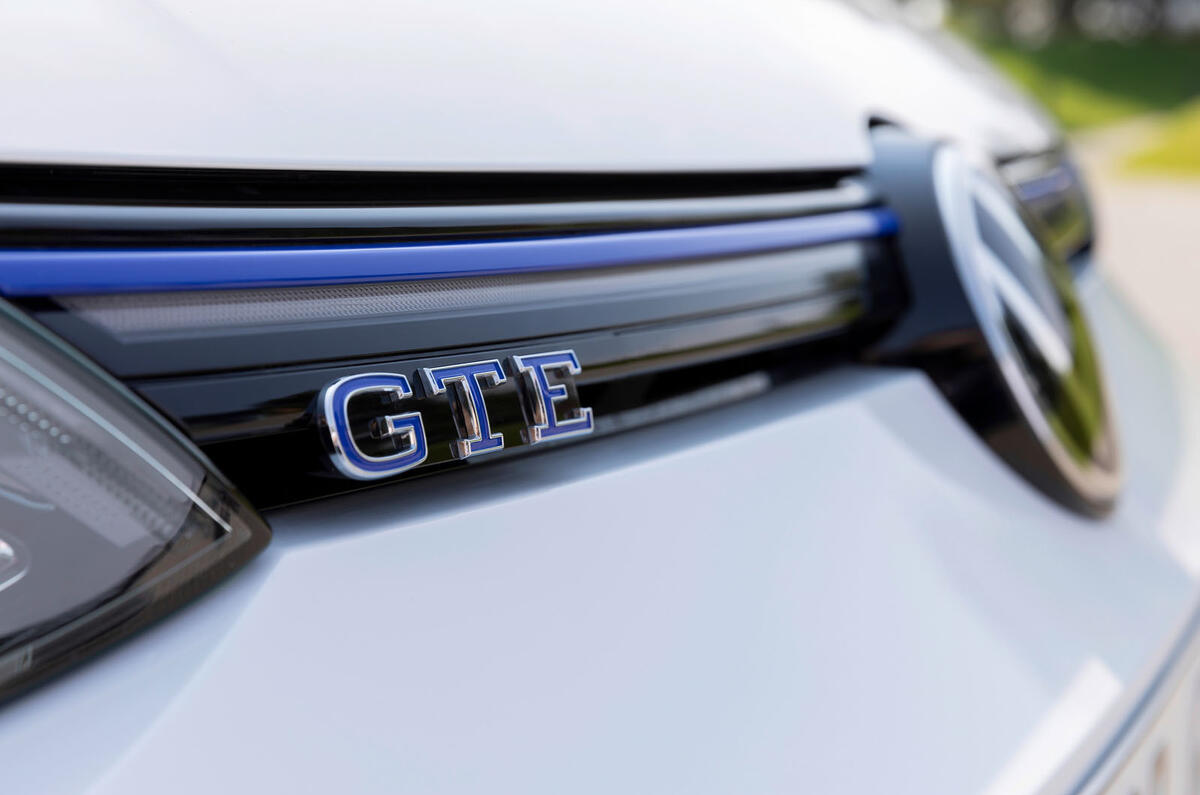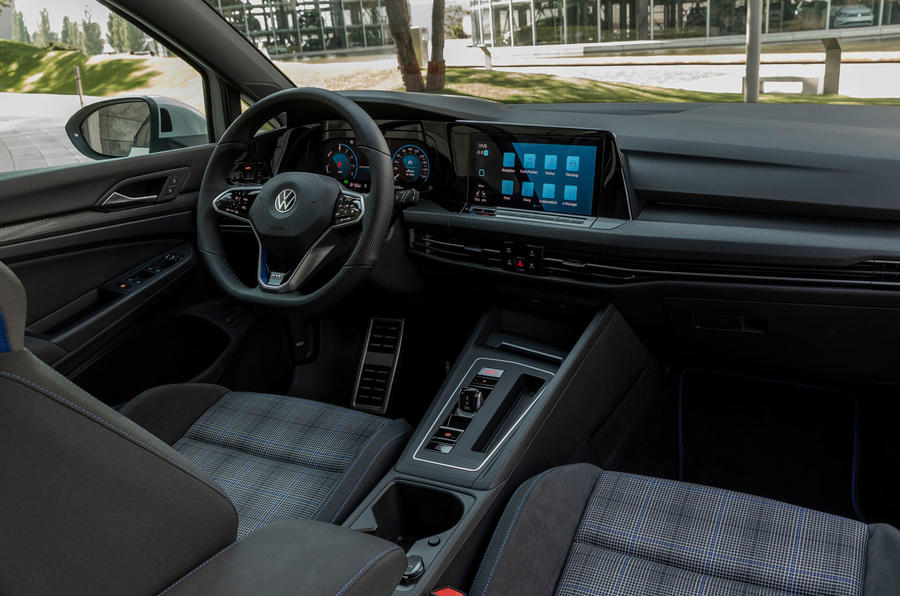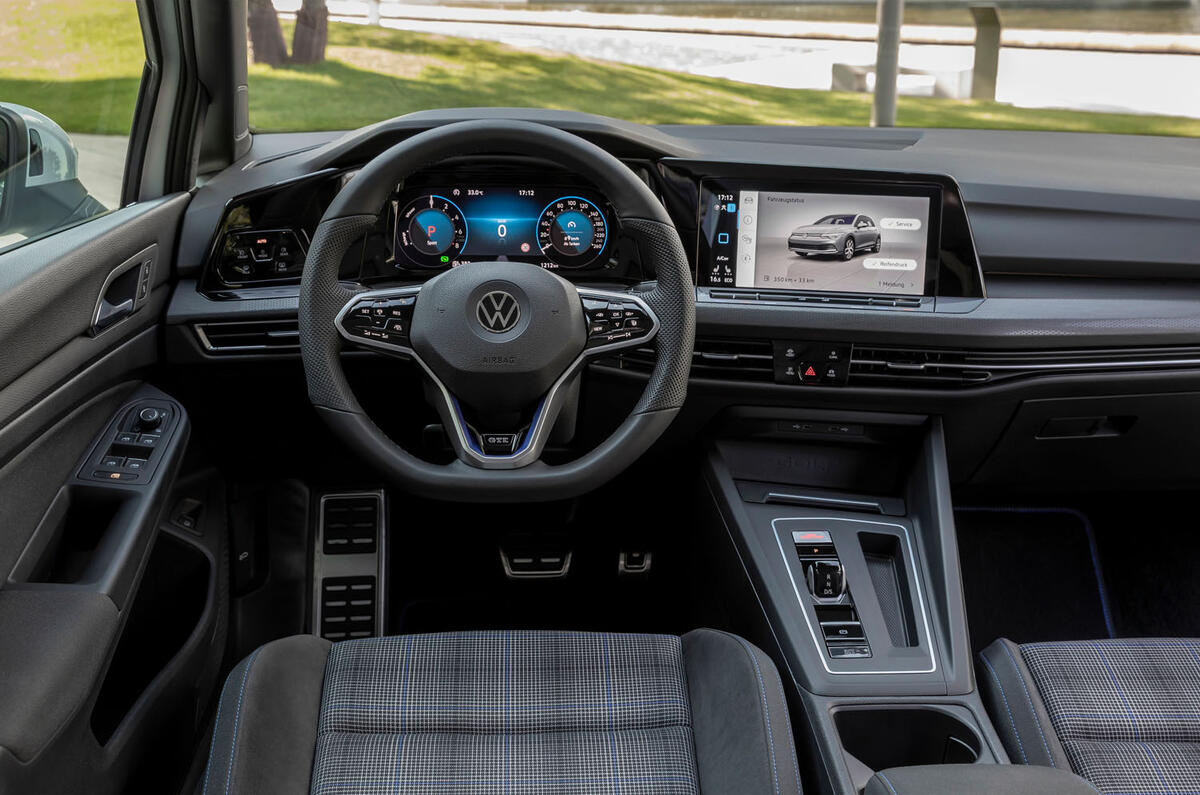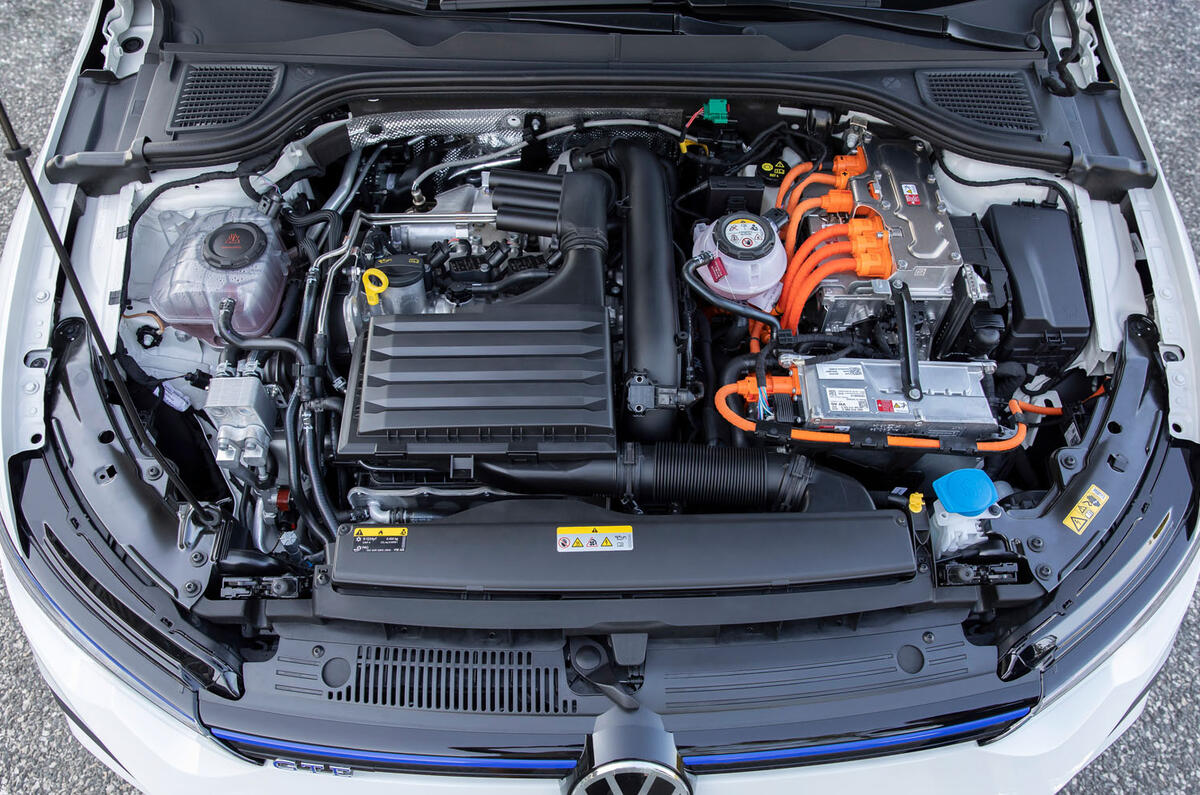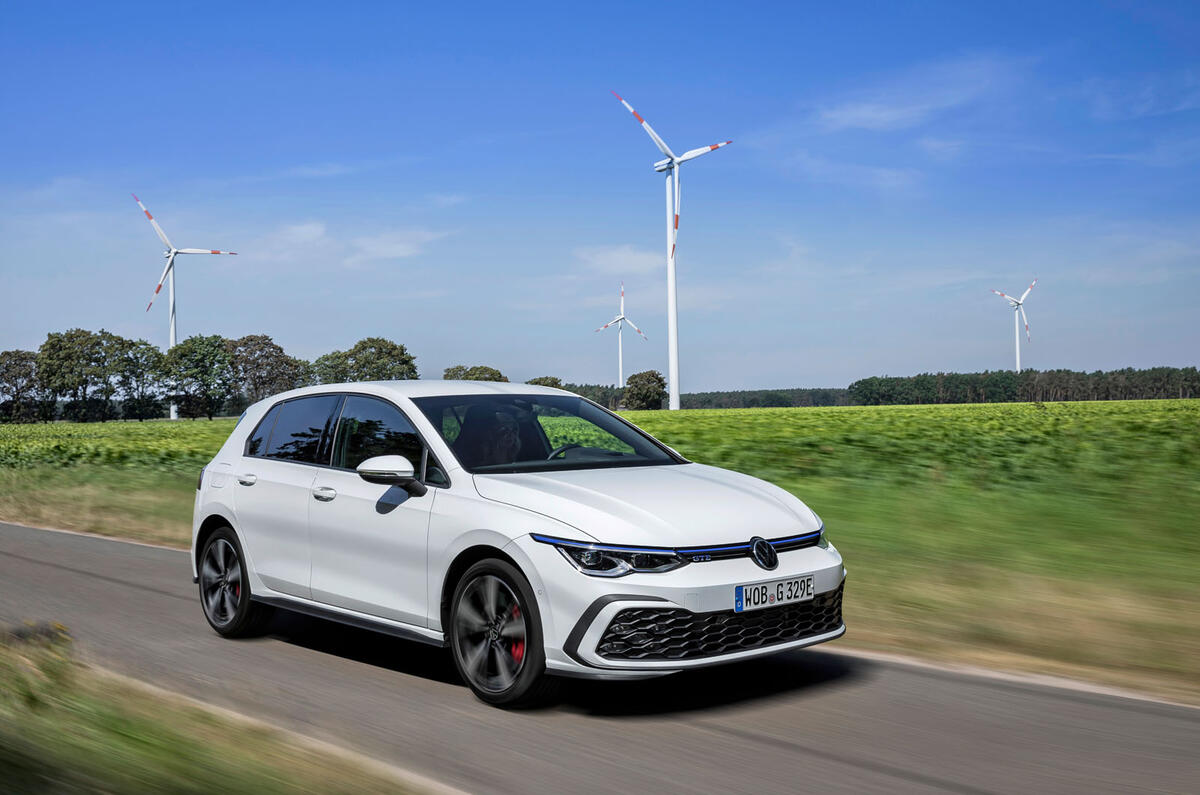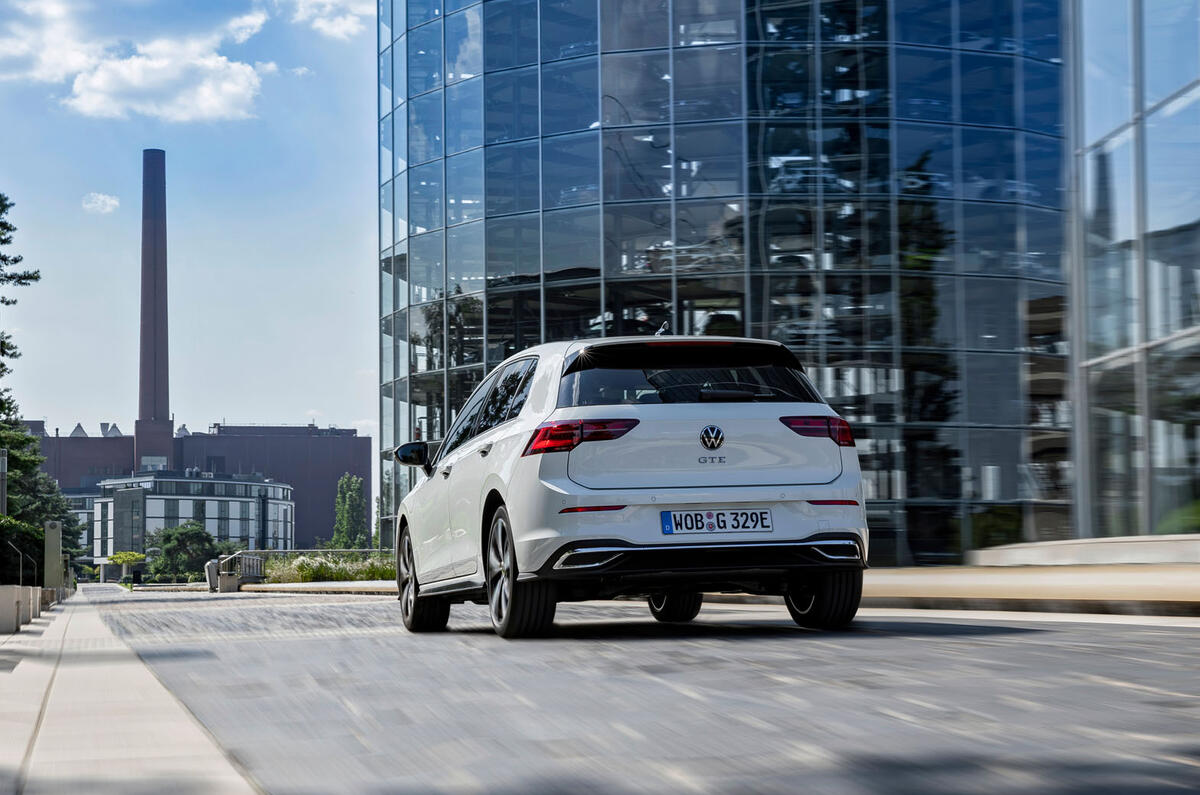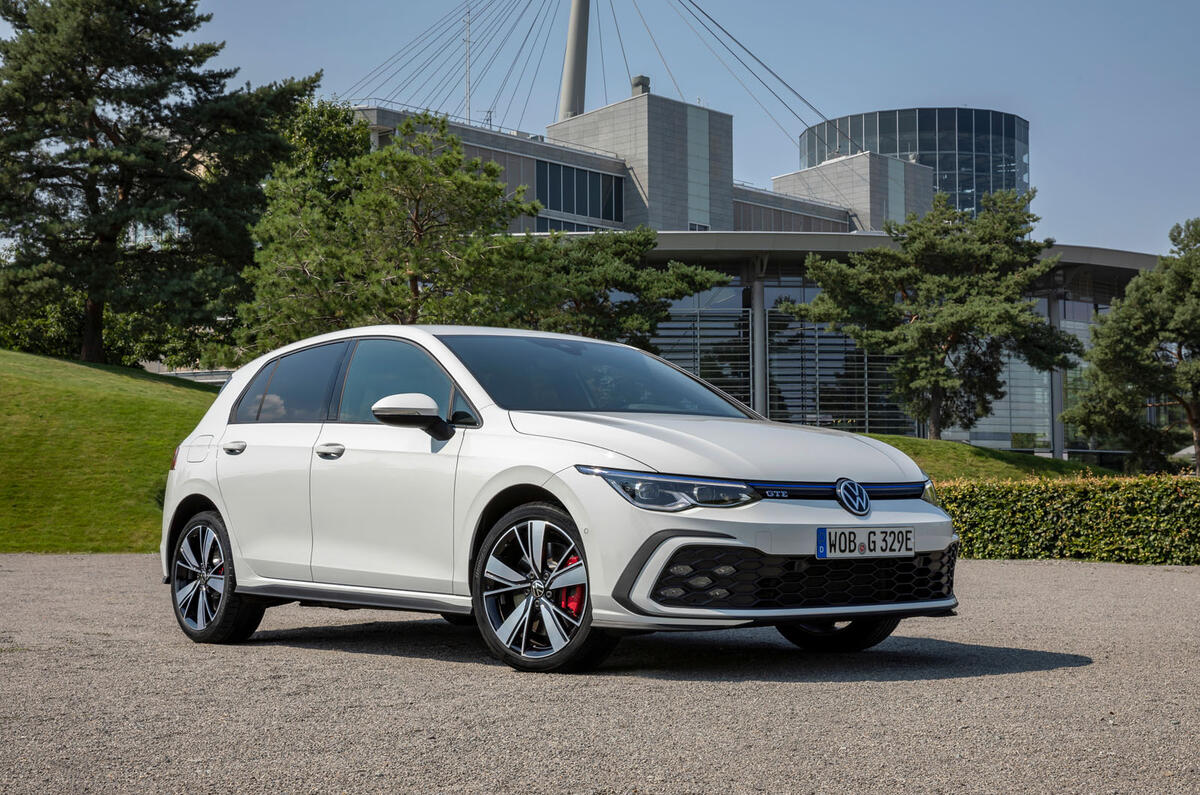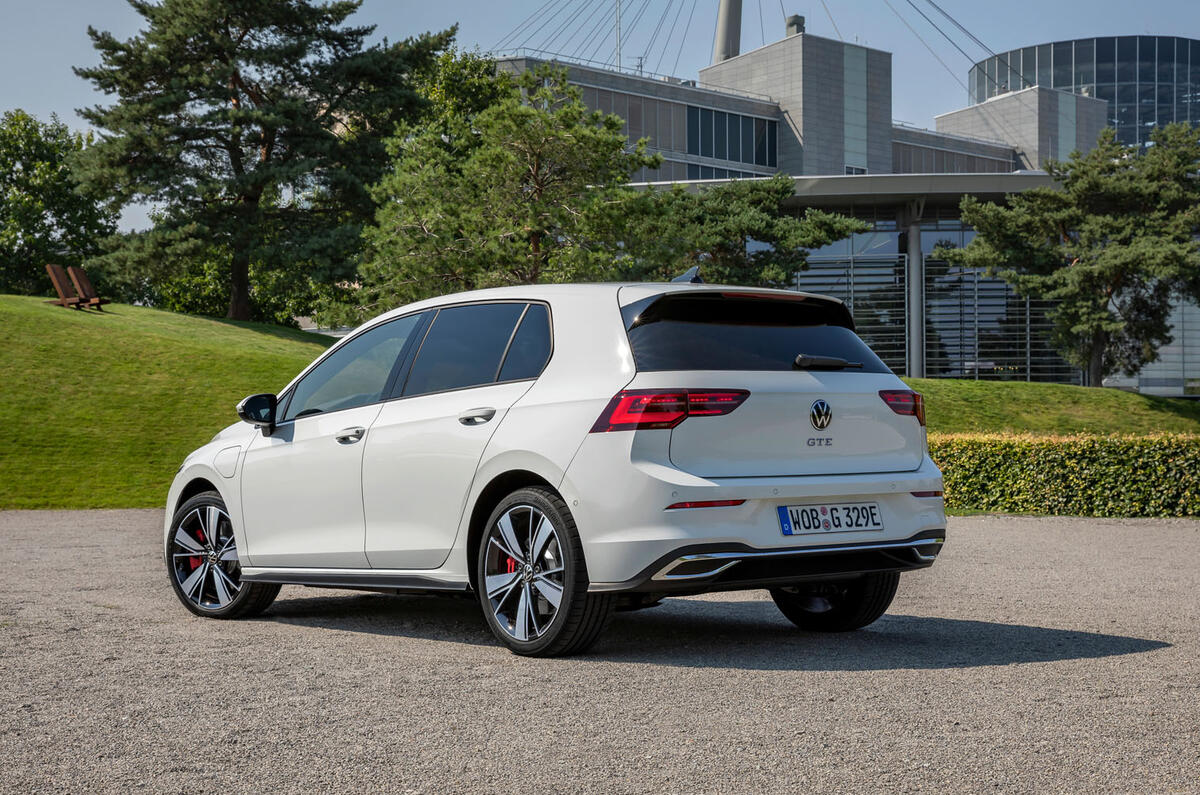This second-generation Golf GTE has a lot to live up to. The 2014 original set the standard for front-driven PHEV hatchbacks, running the same petrol-electric drivetrain as the Audi A3 e-tron but benefitting from a longer list of equipment and being priced much more agreeably.
This new model continues down the same engineering path: it’s positioned as an eco-friendly alternative to the Golf GTI, with a turbocharged 1.4-litre four-cylinder petrol engine and gearbox-mounted electric motor working through a six-speed DSG gearbox. With a newly developed battery of 13.0kWh capacity compared to the 9.0kWh of the old car, it also offers an additional 7.5 miles of electric range – at 38.5 miles altogether.
While that increase might not sound like much, Volkswagen says the real world driving range is significantly increased, owing to greater efficiency from the electric motor and brake energy regeneration system. Meanwhile the combustion engine, updated with new fuel injectors operating at a higher pressure than before, continues to deliver the same 148bhp. The electric motor, which adopts measures already brought to the larger motor found in the Volkswagen ID 3, provides an additional 9bhp for 107bhp in total, together with 243lb ft of torque.
Together, they deliver a combined 242bhp and 295lb ft, which is 41bhp and 37lb ft more than you’ll find in the new Golf eHybrid – a second plug-in hybrid model that, curiously, is not planned for sale in the UK.



